Maintaining proper tire maintenance is essential for your vehicle’s safety and longevity. Regular tire maintenance, including pressure checks and timely rotations, transforms basic upkeep into smart vehicle care, saving money and extending the life of your tires.
Neglecting tire maintenance leads to poor ride quality, reduced mileage, and compromised safety. A straightforward tire maintenance routine, covering DIY tire maintenance, tire pressure maintenance, tire rotation, and monitoring tire wear, keeps your tires in excellent condition and your drives worry-free
Guide to Keeping Your Tires Safe and Reliable
At the heart of effective Tire Maintenance lies regular checks and awareness of your tires’ condition. Whether you are just starting or renewing your vehicle care routine, solid fundamentals matter. Here are key areas to focus on:
Understanding Tire Pressure
One of the most essential parts of Tire Maintenance is ensuring correct tire inflation. Under-inflated tyres lead to increased rolling resistance, quicker tire wear, and even potential blowouts. According to tyre experts, “Check your tyre pressure at least once a month … and use a trustworthy gauge.”
- Always check when tyres are “cold” (driven less than a mile or waited about three hours) to get an accurate reading.
- Use the manufacturer’s recommended cold pressure found on your driver’s door placard or owner’s manual, not the one printed on the tyre sidewall.
- A functioning TPMS (Tire Pressure Monitoring System) is helpful, but manual checks are still critical.
Regular Tire Inspections
A big component of Tire Maintenance involves checking for visible damage and wear:
- Inspect tread depth (minimum legal limit is often around 1.6 mm, but better to replace earlier for safety).
- Look for sidewall cracks, bulges, embedded nails, or screws.
- Monitor tire wear patterns; uneven wear can signal misalignment or imbalance.
Proper Tire Inflation
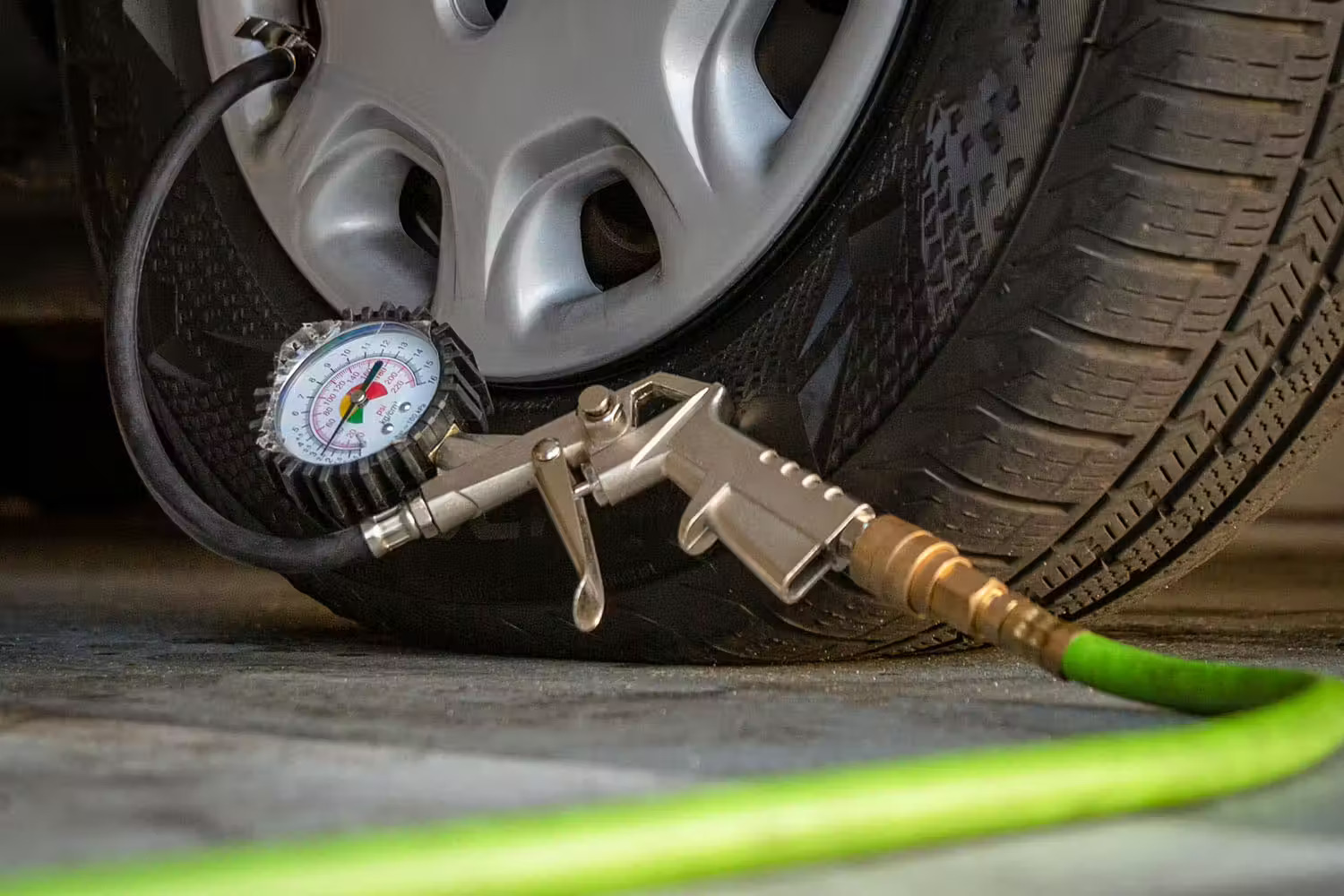
Effective Tire Maintenance means getting tire inflation right. Over-inflation can cause the central region of the tread to wear prematurely, and under-inflation causes the side edges to wear and reduces fuel efficiency.
- Maintain recommended PSI (or kPa) values.
- Re-check after temperature changes, seasonal shifts, or heavy load carrying.
5 Common Tire Maintenance Mistakes
Poor Tire Maintenance often comes down to a few avoidable mistakes. Let’s highlight them:
- Skipping monthly pressure checks – Failing to check can lead to gradual loss of air and hidden damage.
- Ignoring rotation and balance – Neglecting tire rotation at proper intervals means uneven wear and shorter tyre life.
- Overlooking alignment and balance – Poor wheel alignment or unbalanced tyres lead to irregular wear and affect handling.
- Using damaged or improperly sized tyres – Sidewall damage or mismatched tyres undermine your Tire Maintenance efforts and safety.
- Neglecting driving habits – Rapid acceleration, sharp turns, heavy loads, and potholes all accelerate tire wear.
By actively addressing these mistakes, your Tire Maintenance routine becomes much more effective and cost-efficient.
Is Your Tire Safe?
When practising Tire Maintenance, visual inspections are critical for spotting hidden problems early. Here’s what to watch for:
Signs of Damage
- Cuts or cracks in the tread or sidewall – show internal damage.
- Bulges or bubbles on the sidewall – signal structural failure risk.
- Uneven tread wear – could mean suspension, alignment, or inflation issues.
- Rapid or repeated pressure loss – often indicates valve issues, puncture,s or leaks.
When It’s Time to Replace
- Tread depth reaches the minimum safe level (for example: penny test or 2/32 inch rule in some regions)
- Visible damage or side-wall degradation.
- Persistent vibration or pulling while driving may mean hidden damage, misalignment, or balance issues.
These indicators help you stay ahead with your Tire Maintenance and ensure safe driving.
Tire Maintenance on a Budget
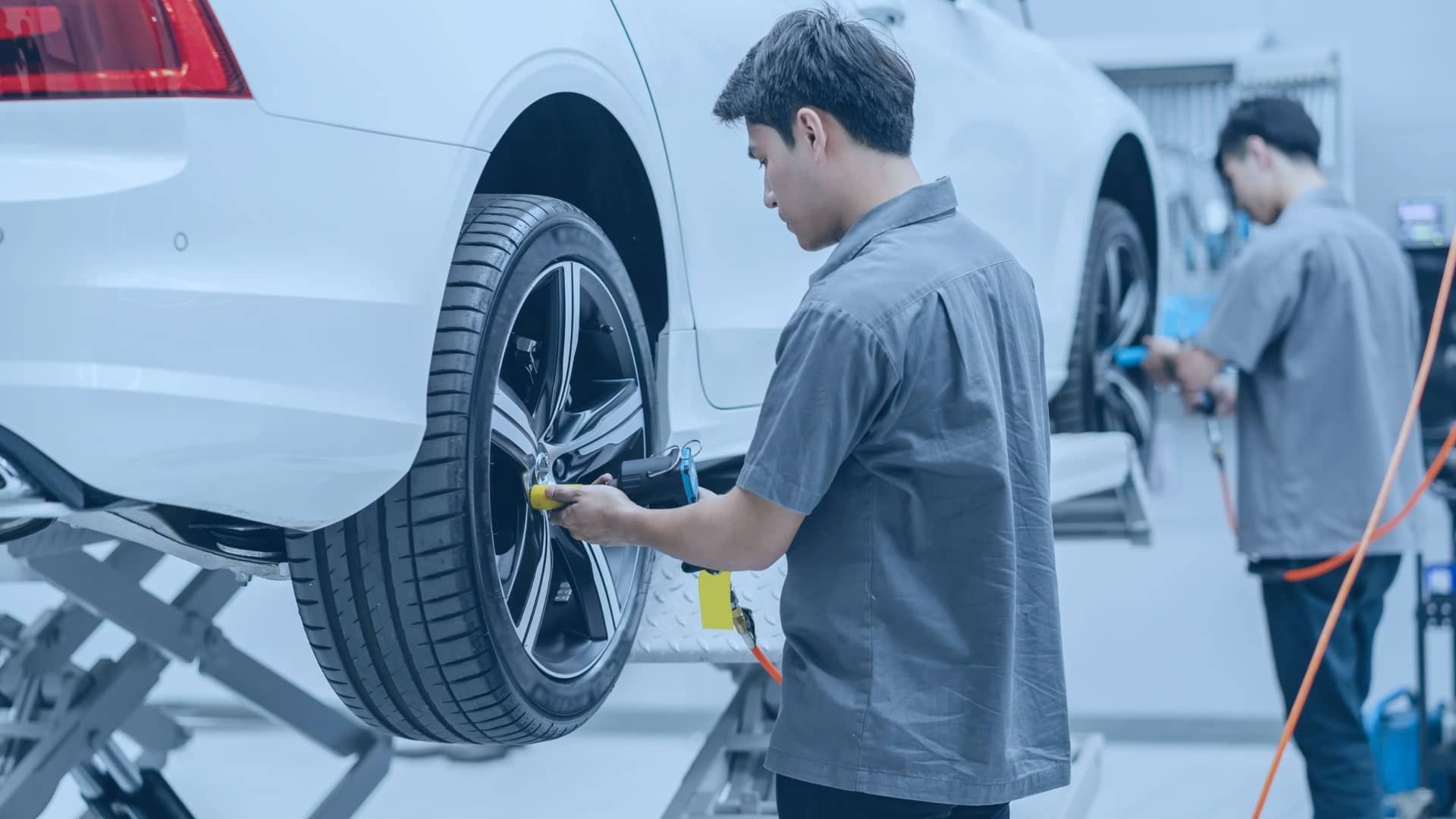
Effective Tire Maintenance doesn’t require expensive tools or constant trips to the service centre. Here are budget-friendly practices that deliver results:
- Use a reliable tyre pressure gauge and check monthly before long trips.
- Rotate your tyres approximately every 5,000 km or at each oil change.
- Avoid aggressive driving; smooth acceleration and moderate speed greatly reduce tire wear.
- Keep your vehicle within its recommended load capacity, overloading tyres shortens their life.
- Opt for regular alignment checks after hitting curbs or potholes; it improves tyre life and fuel economy.
- Consider nitrogen inflation if offered, it may offer better pressure retention and reduce wear. (Still maintain pressure checks.)
By staying consistent with these steps, your Tire Maintenance efforts pay off financially and safety-wise.
Key Features of Effective Tire Maintenance
Here are the essential features that underpin a solid Tire Maintenance program:
- Monthly tyre pressure inspections – Ensures correct inflation and prevents under-inflation damage.
- Regular tread depth measurement and visual inspections – Identify wear and damage early.
- Scheduled tyre rotation and balancing – Ensures even wear across all tyres and extends life.
- Proper wheel alignment – Prevents steering drag, uneven wear, and improves handling.
- Reliable driving and load habits – Avoids excessive strain on tyres and reduces rapid wear.
- Awareness of tyre condition indicators like DOT codes, sidewall damage and wear patterns – Helps track tyre age and risk factors.
By including these features in your regular car-care routine, you will be actively practising smart Tire Maintenance.
Conclusion
Tire health is far more than just “having air in the tyres. Comprehensive Tire Maintenance involves regular pressure checks, rotations, inspections, alignment, and mindful driving. When implemented consistently, you’ll not only extend your tyres’ life but also enhance safety, comfort, fuel efficiency, and overall driving experience.
Whether you’re practising DIY tire maintenance at home or relying on professionals, remember that the small steps you take today, checking tyre pressure, rotating tyres, inspecting tread depth and sidewalls, add up to big savings and fewer worries tomorrow. Good Tire Maintenance isn’t a luxury, it’s a necessity for every vehicle owner.
Read Also This |
|
|---|---|
|
Nitrogen vs Normal Air in Tyres Which is the Better Choice for 2025 Drivers |
Ceramic vs Semi Metallic Brake Pads Which One Should You Choose |
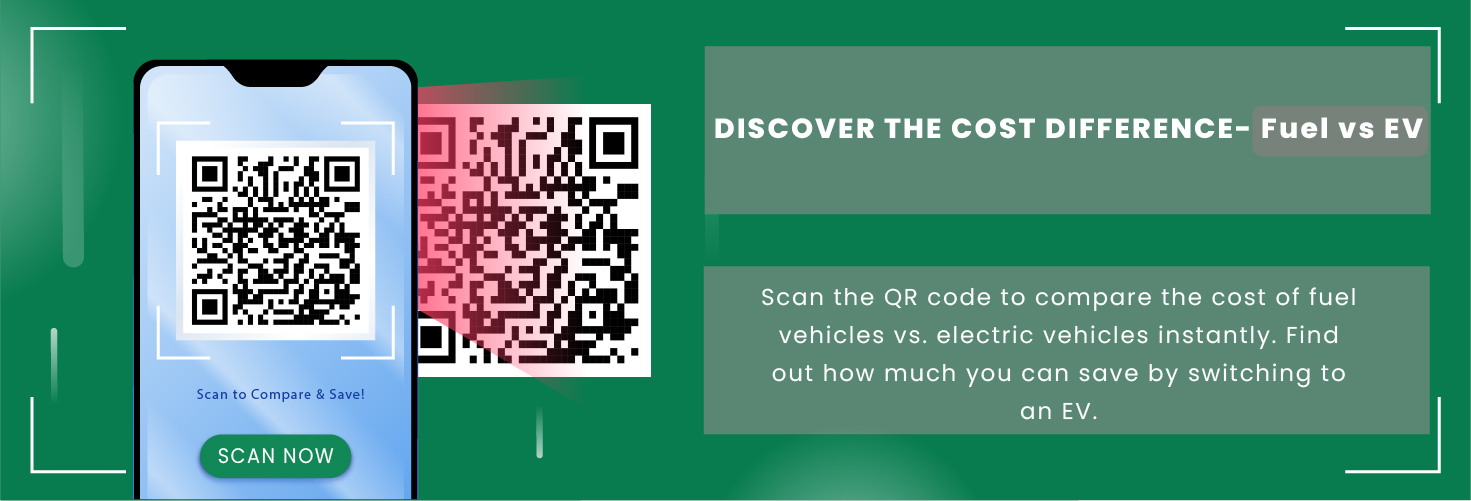

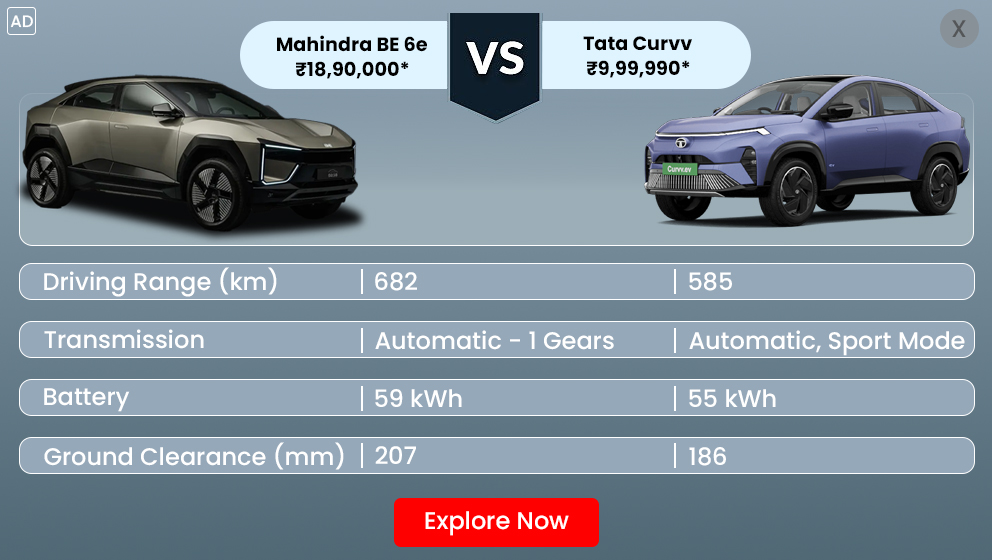

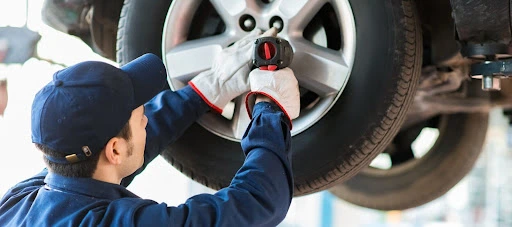
_1761720573.webp)
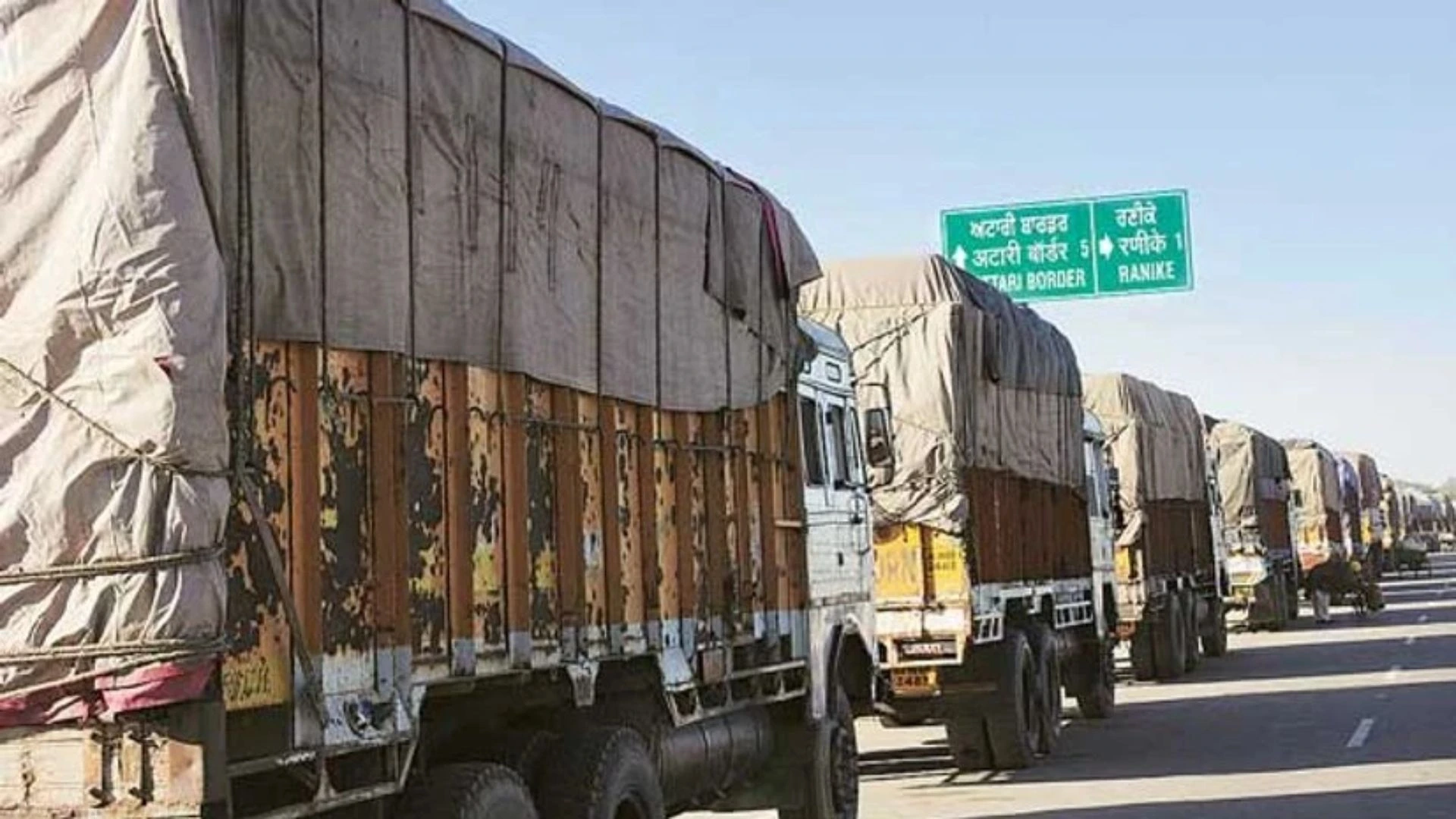

_1765263277.webp)
_1765261851.webp)
